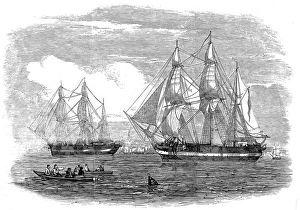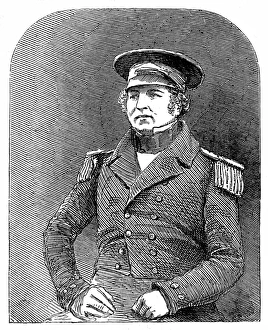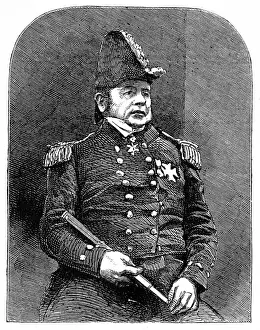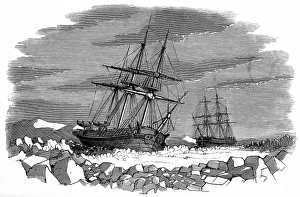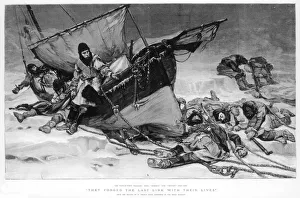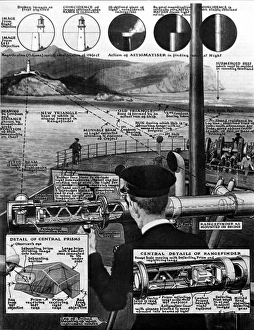Confirm Collection
"Confirming the Frozen Fate: The Tragic Expedition of HMS Erebus and HMS Terror, 1845" In the treacherous Arctic waters of 1845
All Professionally Made to Order for Quick Shipping
"Confirming the Frozen Fate: The Tragic Expedition of HMS Erebus and HMS Terror, 1845" In the treacherous Arctic waters of 1845, two mighty vessels set sail on a perilous journey. The legendary ships, HMS Erebus and HMS Terror, under the command of Captain Francis Crozier, embarked on an expedition to conquer uncharted territories. Little did they know that their names would be forever etched in history as symbols of bravery and tragedy. As winter tightened its icy grip around them, the Enterprise and Investigator found themselves surrounded by an unforgiving sea of ice in Barrow. These frozen shackles seemed determined to keep these courageous explorers from reaching their ultimate destination. Captain Sir John Franklin led this ill-fated endeavor with unwavering determination. His leadership skills were tested like never before as he navigated through treacherous conditions and faced unimaginable hardships alongside his crew members. Sadly, fate had a different plan for Franklin's Arctic expedition. In 1845, news arrived that marked "The End of Sir John Franklin's Arctic Expedition. " Hope turned into despair as whispers spread about the disappearance of both ships amidst the frigid wilderness. Yet even in darkness, there is always a glimmer of light. The use of Naval Rangefinder for Merchant Navy Navigation emerged as a beacon amid this tragic tale. It showcased humanity's relentless pursuit to learn from past mistakes and improve future expeditions. Across events unfolding in Britain during those times - including Norman Conquest - echoes could be heard resonating with tales from distant lands where brave souls ventured into uncharted territories against all odds. Amidst these historical snippets lies an enigmatic connection between Captain Sir John Franklin (1786-1847) and Kaiser Wilhelm II on palace balcony during WW1 – seemingly unrelated yet intertwined by threads woven across time itself. From receipt banners drumming out messages to rifles exercising authority, the echoes of this expedition reached far and wide.

